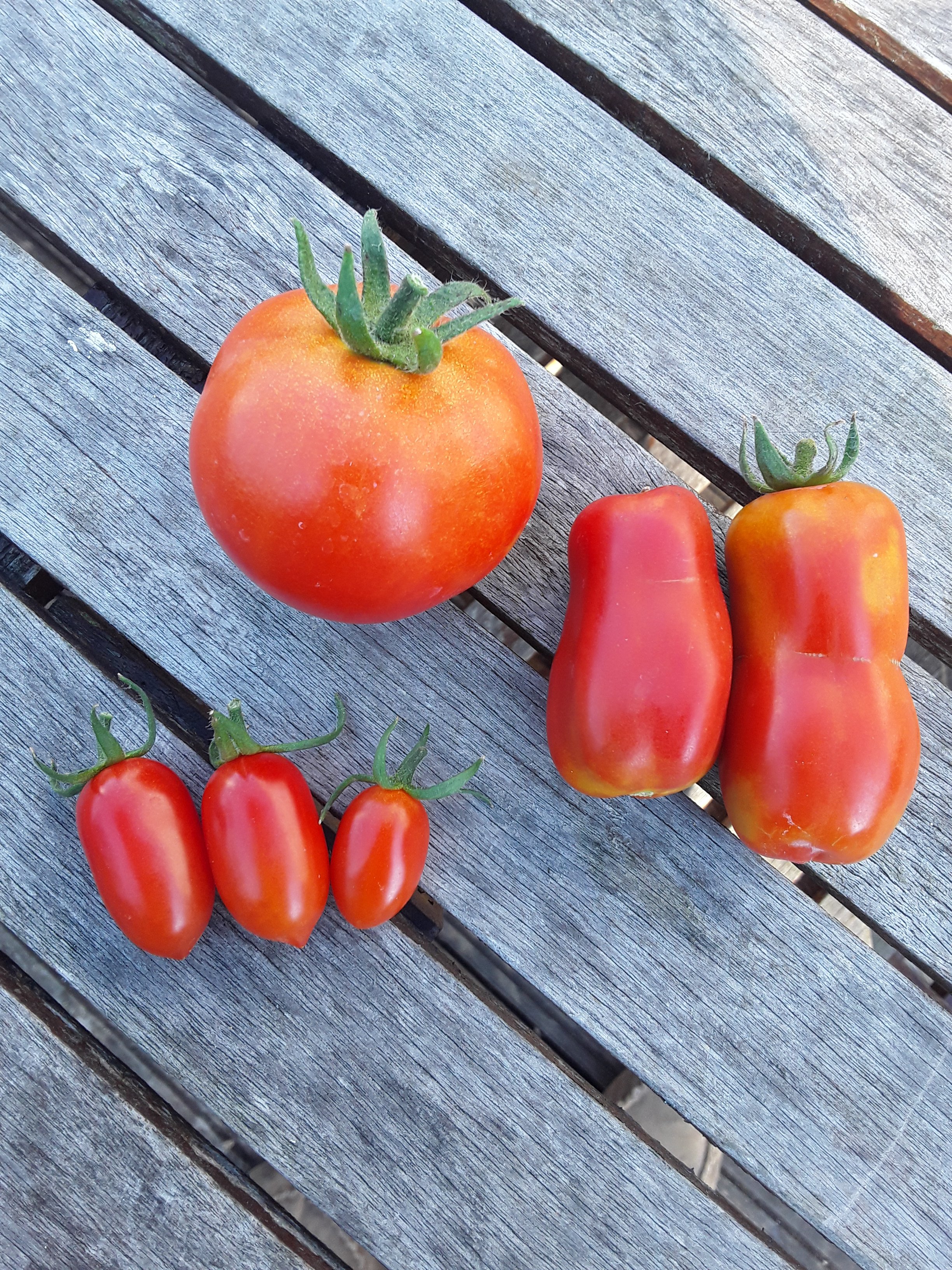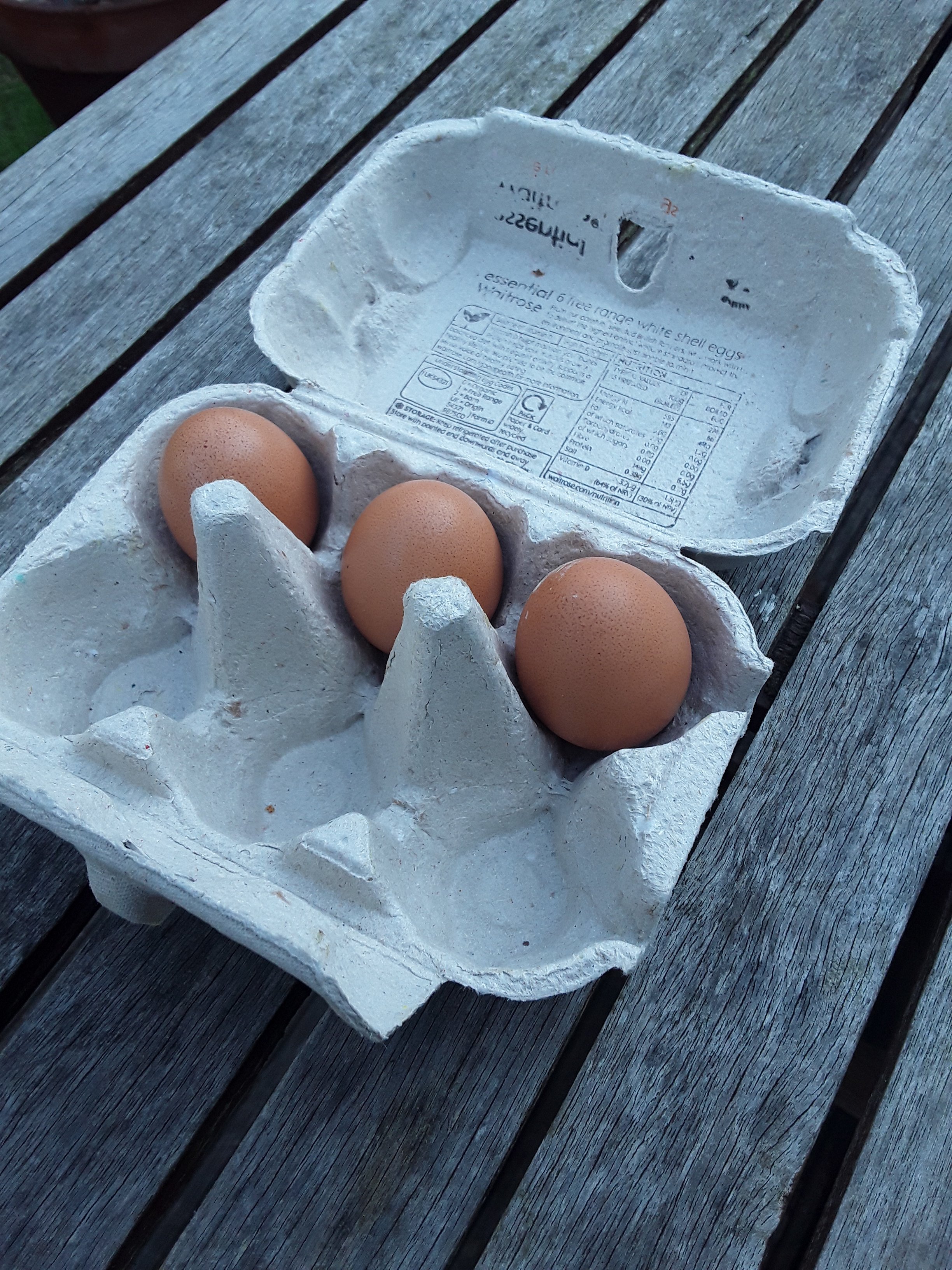Chapter three of the Old testament book of Ecclesiastes contains a well-known passage which lists 14 “opposites,” a common element in Hebrew poetry; “a time to be born and a time to die”; a time to weep and a time to laugh”. The underlying significance is that there is a divinely chosen purpose for everything we experience in our lives. One of the stanzas proclaims a truth well-known to the allotment gardener; that there is “a time to plant and time to harvest”. Timing for the gardener can be at once both crucial and yet flexible. Rain at the right time can make all the difference, as it did for our mangetout peas last week – now producing a tremendous crop – but had looked like withering away in the drought just a week or two earlier. But also flexible in the sense that it’s not possible to predict when that peculiar changeover takes place; when you start to harvest more than you plant and sow, and you start to bring home more weight in produce than just the first fruits.

We are on the cusp of that change right now with the first tomatoes now ripe in the greenhouse – the wonderful Italian cherry tomato ‘Santonio’ beautifully shaped like a miniature plum tomato and deliciously sweet; ‘San Marzano’,
an Italian plum tomato and my stand-by heavy cropping variety ‘Akron’. The redcurrants are still dripping with fruit and are being picked fast. Summer cabbages – the pointed variety ‘Caraflex’ – are mature and ready and young beetroot ‘Boltardy’ are finding themselves uprooted en-route to the kitchen at number 22!

Putting crops aside for a moment, we have this last week welcomed 4 chickens to our allotment. A solidly constructed chicken coop made from the remains of an old garden shed will be their home and they will be free to roam at will under the fruit trees. These birds are all Goldstars which are supposedly good layers but at present, as they are only about 18 weeks old they are at the ‘point of lay’ and only one is actually laying – rather small – ‘pullet’ eggs. This is the third lot of birds we have had in the last few years. Having originally rehomed ex-battery hens, we have now gone down a more traditional route. Keeping chickens is of course not just about the eggs, they fertilize the ground and their spent bedding makes a good activator for our compost heaps helping them to rot down more quickly. And of course when the time comes, they provide meat too. ‘A time to be born…’